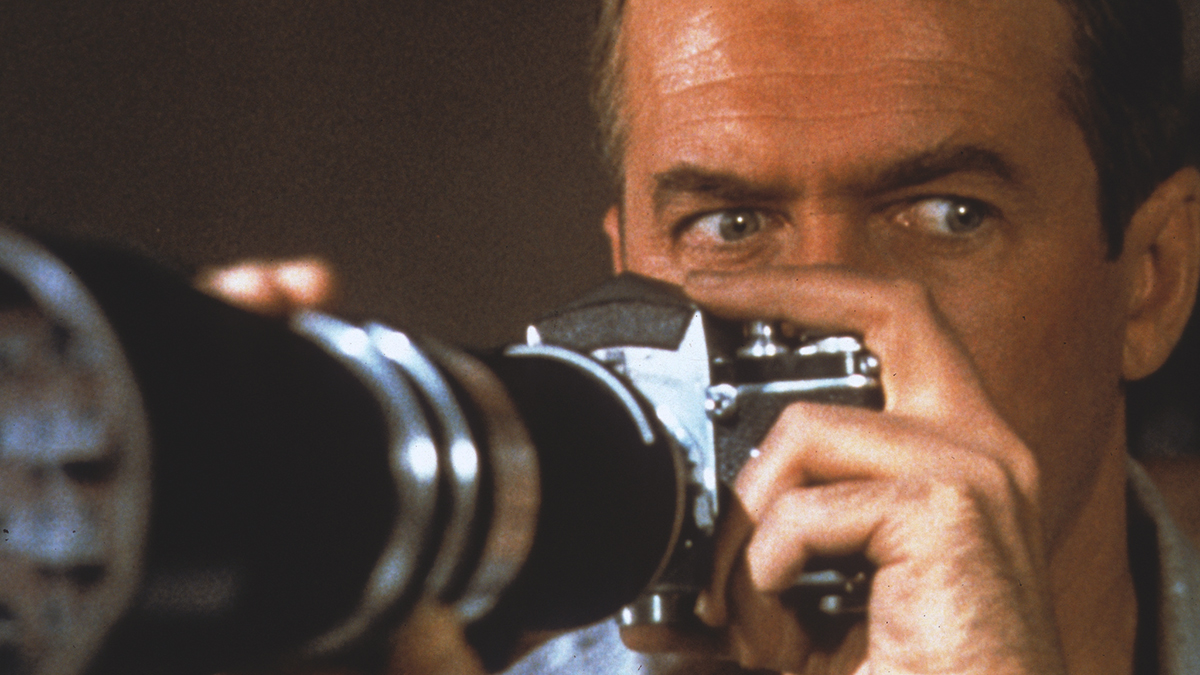Rear Window is a quintessential Hitchcock film, filled with suspense, mystery, and ethical dilemmas. Released in 1954, the iconic film stars James Stewart as a photojournalist who is confined to his apartment with a broken leg. As he watches his neighbors from his rear window, he becomes increasingly intrigued by their lives and starts to suspect that one of them is a murderer.

While the film has been praised for its innovative use of camera angles and its masterful storytelling, it also raised questions about the ethics of voyeurism and the virtue of curiosity. In a world where everyone's lives are on display through social media and reality TV, Rear Window serves as a cautionary tale about the dangers of looking too closely into other people's lives.
At the heart of the film is the character of L.B. Jeffries, played by James Stewart. Jeffries is a man who has built his career on observing and documenting the world around him, but when he becomes the subject of observation himself, he starts to question the morality of his actions. As he peers through his rear window, he witnesses his neighbors' most intimate moments, and he becomes increasingly obsessed with their lives. But as he becomes more involved in their dramas, he also puts himself in danger, and he must grapple with the consequences of his voyeurism.
One of the most compelling aspects of Rear Window is the way it explores the ethics of peeping. Hitchcock was a master of creating tension through the act of looking, and in this film, he makes the audience confront the uncomfortable truth that we all have a natural curiosity about the lives of others. But at what point does that curiosity become intrusive? And when does it cross the line into voyeurism?
The character of Lisa, played by Grace Kelly, serves as a counterpoint to Jeffries' obsession. While he is focused on uncovering the truth about his neighbors, she is more interested in the human stories behind the secrets. She encourages Jeffries to see the complexity and nuance in the lives of those around him, rather than reducing them to one-dimensional characters in his own drama. In this way, Rear Window suggests that curiosity itself is not inherently bad, but rather it's how we use that curiosity that determines its moral value.
Finally, it's worth noting that the film's iconic use of the rear window shade is not just a plot device but also a metaphor for the human desire to see and be seen. The shade is a physical barrier that separates Jeffries from the outside world, just as our own biases and assumptions can create barriers that prevent us from truly understanding others. But by peering through the window, Jeffries is able to gain a new perspective on the world around him, and he is forced to confront the uncomfortable truths that lie beneath the surface.
In sum, Rear Window is a classic film that explores themes of voyeurism, curiosity, and moral ambiguity. By confronting the ethics of peeping, the film challenges the audience to reflect on our own relationships with the world around us. And with its innovative cinematography and masterful storytelling, it remains a timeless masterpiece that continues to captivate audiences more than 60 years after its release.